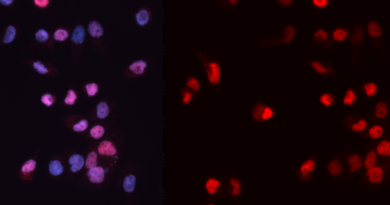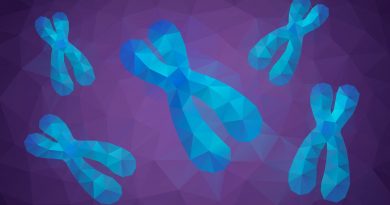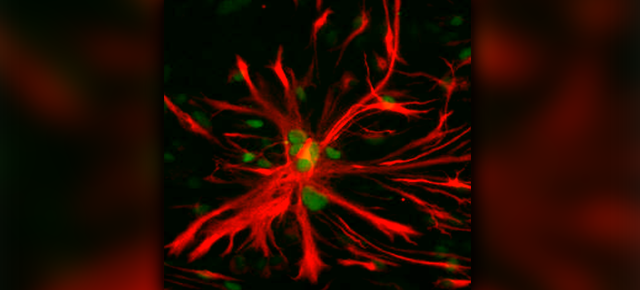BCM scientists find neurodegeneration precursor

By Ruth SoRelle, M.P.H.
Changing lipid or fat metabolism in brain cells promotes the formation of lipid droplets that presage the loss of neurons, said researchers from Baylor College of Medicine and the Jan and Dan Duncan Neurological Research Institute at Texas Children’s Hospital in a report that appears online in the journal Cell.
Neuroscience graduate student Lucy Liu, and Dr. Hugo Bellen, professor of molecular and human genetics, neuroscience, a Howard Hughes Medical Institute investigator and director of the Graduate Program in Developmental Biology at Baylor connected the presence of lipid droplet accumulation in the glia of specific mutants as a harbinger of neurodegeneration.

Fruit fly genetics
The Bellen lab uses fruit fly mutants of evolutionarily conserved genes that lead to neurodegeneration in human patients to dissect the molecular mechanisms that underlie the demise of neurons. The fruit flies carry mutations in genes that have human homologs that cause Leigh syndrome, Charcot-Marie-Tooth type 2A2 and ARSAL (autosomal recessive spastic ataxia with leukoencephalopathy). All of these mutations affect the function of the mitochondria, the powerhouse of the cell.
Lipid droplets and energy
Lipid droplets are organelles that serve as energy storage depots. They accumulate in the brain support cells (glia) when defects in the mitochondria of neurons lead to elevated levels of reactive oxygen species (ROS). Working with three independent fruit fly models and a mouse model, Liu et al., revealed a novel pathway leading to this accumulation through the inappropriate activation of two proteins: c-Jun-N-terminal Kinase (JNK) and Sterol Regulatory Element Binding Protein (SREBP). These lipid droplets accumulate in glial cells before signs of neurodegeneration appeared.
“This is the first documentation of lipid droplet accumulation in glial cell” said Liu, first author of the study. The authors show that elevated reactive oxygen species in the neurons promotes synthesis of lipids leading to the formation of lipid droplets in glia. This accumulation affects the glia’s ability to support the neurons when the lipid droplets become peroxidated, completing a negative feedback loop.
Not enough for neurodegeneration
“ROS or lipid droplets alone do not lead to the rapid onset of neurodegeneration,” said Bellen, senior author on the study. “The synergism of ROS with lipid droplets is key. Reducing one or the other delays neurodegeneration.”
Upon further investigation, Liu and her colleagues showed that reducing many of the components of this pathway can delay neurodegeneration. For example, treatments with a blood-brain-barrier penetrating antioxidant delay the onset of neurodegeneration in flies and mice developed by their collaborator Dr. Albert Quintana at University of Washington in Seattle.
Effects in animals
“There may be a better chance to interfere with disease progression by identifying these diseases at an early stage,” Bellen said. Liu is currently working to identify lipid droplets in live animals before the animals become sick.
Others who took part in this work include Ke Zhang, Hector Sandoval, Shinya Yamamoto, Manish Jaiswal, Zhihong Li and Brett H. Graham, all of Baylor; and Elisenda Sanz and Jessica Hui of the University of Washington and the Seattle Children’s Research Institute.
This research was made possible by support to Bellen NIH (NIGMS 1RC4GM096355) and the BCM Intellectual and Developmental Disabilities Research Center (NICHHD P30 HD024064), the Robert A. and Renee E. Belfer Family Foundation, the Huffington Foundation, Target ALS, NW Mitochondrial Research Guild, and the Howard Hughes Medical Institute.



